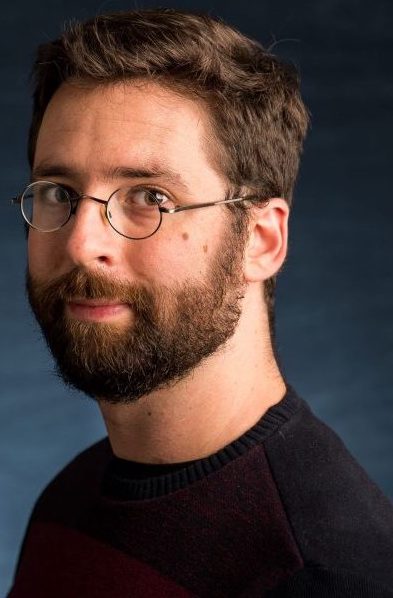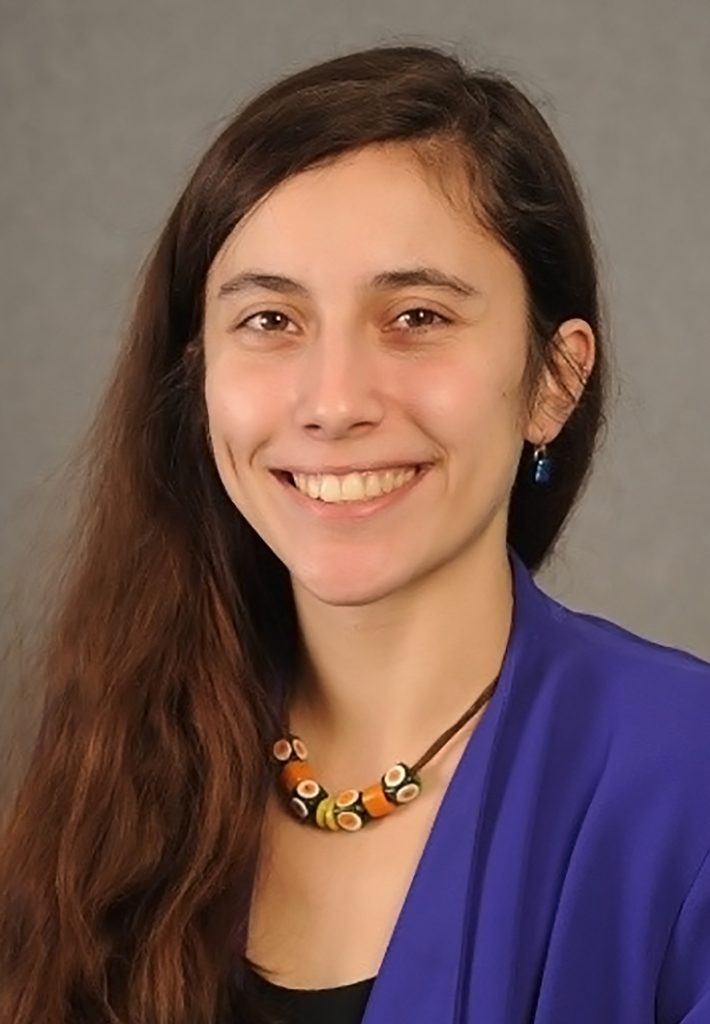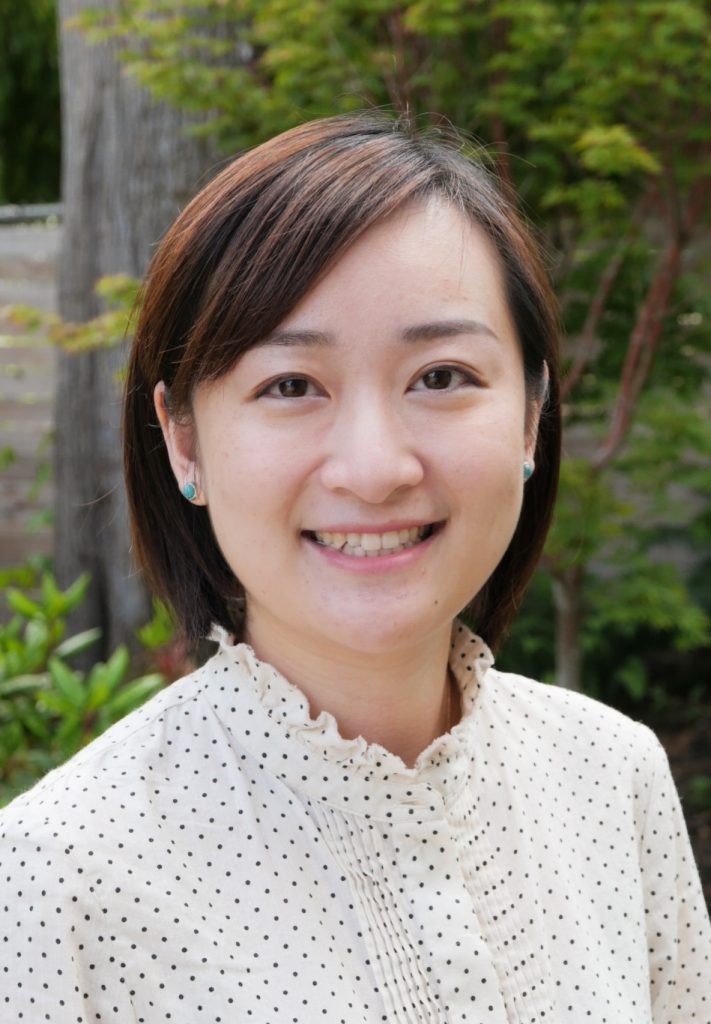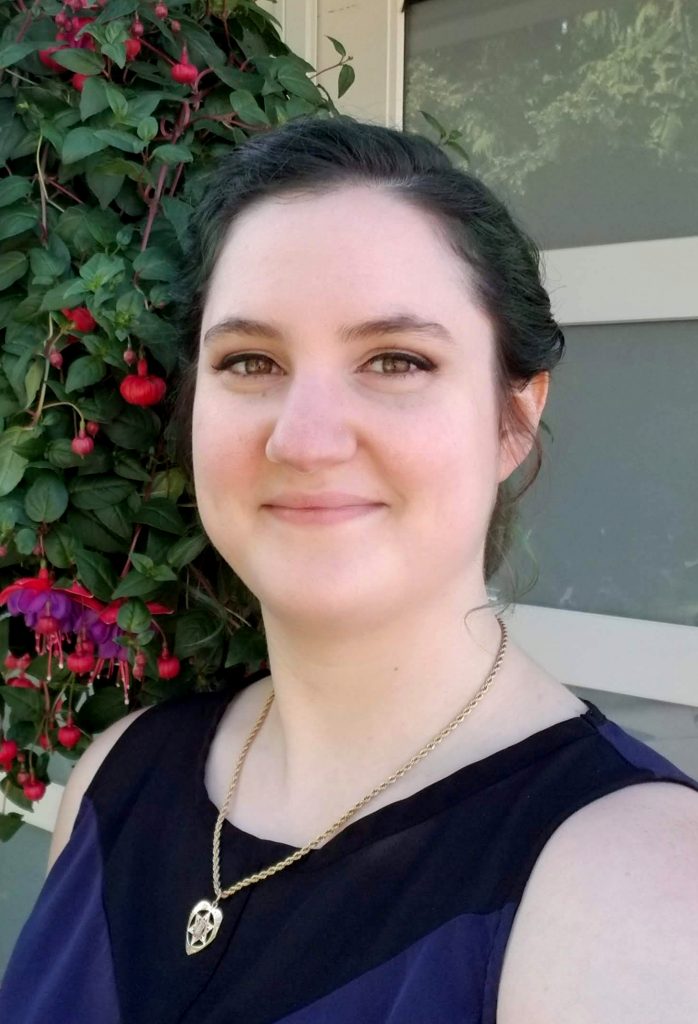Avlando kon los Ladineros: Intergenerational Conversations with Seattle Ladino Speakers
Avlando kon Los Ladineros (Speaking with the Ladineros) is a collaborative project between University of Washington graduate students and Seattle’s Ladineros, a group of some of the last Ladino speakers in Seattle. Consisting of both native Ladino speakers who grew up using Ladino at home, and those who have recuperated the language in adulthood, the Ladineros have been meeting to echar lashon (chat or converse) in Ladino for years, and have emerged as an important preservationist group. In a series of recorded video interviews, six Ladineros served as interlocutors between past and present, sharing their family histories, memories about the use of Ladino in their childhood homes, the history of the Ladineros, and their thoughts on the future of the language in Seattle and beyond. As this project was developed as part of Ladino Day 2020, which highlighted the intersection between Ladino and technology, many of these interviews touch on technological developments that have contributed to learning and preserving Ladino — including printers, online forums, and mobile apps.
This project is not only an important effort in documenting oral histories, but also a tribute to the Ladineros: The group has participated in UW Ladino Day celebrations since the event’s inception, enlivening each program with their songs, readings, and performances, which bring together audience members young and old to hear Ladino spoken live.
Lead images sourced from past Ladino Day celebrations. Photos by Meryl Schenker Photography.
Interview Highlights
Regina Amira ~ Ladino letters from Rhodes to Seattle
Interview by Owen Harris; text by Makena Mezistrano
When people ask Regina Barkey Amira to explain what Ladino is, she tells them about the language preserved by Sephardic Jews for centuries; one that, in her words, sounds a lot like Spanish. But growing up on the Aegean island of Rhodes, which became an Italian colony in 1912, Regina’s Ladino was also uniquely influenced by Italian — a linguistic phenomenon that occurred in many Mediterranean Sephardic communities with other local languages. The impact of Italian on Rhodeslis’ Ladino is documented in the letters of Regina’s sister, Claire Barkey, which are the centerpiece of the book A Hug From Afar and are now part of the Sephardic Studies Digital Collection. When Regina, Claire, and the rest of their immediate family fled Rhodes to Tangier, Morocco en route to Seattle in the early twentieth century, Claire maintained international correspondence with relatives who remained on the island and those already in the Pacific Northwest. Claire’s Ladino letters, one of which Regina reads aloud here, include Italian words and spelling conventions, blurring the lines between what was spoken at home, on the street, and in school, and document a young girl’s experience during a tumultuous period of Sephardic history.
Vic Amira ~ How changes to Seattle’s Sephardic community impacted Ladino
Interview by Owen Harris; text by Makena Mezistrano
As Seattle-born Vic Amira suggests, studying Ladino in universities is among the most viable avenues for preserving the language he once heard regularly around the Central District. The community’s concentration in this neighborhood created powerful social cohesion, and Ladino was sustained: it was the language of synagogue theater productions, wedding invitations, and used in conversation among los muestros (a self-referential used by Sepharadim that simply means “us”). But when the community expanded and synagogues and institutions eventually moved to south Seattle, Vic heard Ladino less and less. While the language is currently experiencing a moment of recuperation, particularly in the university context, there are conversational elements that will require special attention to save them from oblivion. For Vic, one such element is refranes — the pithy sayings that he and his wife Regina still use at home. Among his favorites: ande se arapa el werko (“where the devil shaves”), which refers to an inconveniently located or far away place.
Hazzan Isaac Azose ~ On leading the Ladineros, the future of Ladino
Interview and text by Ke Guo
Born in Seattle to parents who had immigrated from Turkey in the 1920s, Isaac Azose served as the hazzan of Seattle’s Congregation Ezra Bessaroth for more than four decades and is a world-renowned expert in Sephardic liturgical customs. In the early 2000s he assumed the leadership role for Seattle’s Ladineros and introduced a new medium for group readings and conversations: Instead learning Ladino exclusively from the Me-am Lo’ez, an encyclopedia of Sephardic customs and biblical commentary written in Ladino in rashi script, Hazzan Azose facilitated group readings using printed conversations from the online forum Ladinokomunita, founded by Rachel Amado Bortnick in 1999. Though Hazzan Azose once felt that the Ladino language would be completely forgotten in a matter of decades — particularly due to the age of many current speakers — he expressed delight and surprise at witnessing a “revival” and recuperation of Ladino in recent years. He is now optimistic about the preservation of Ladino and Sephardic culture well into the future.
Sylvia Azose Angel ~ On Sephardic difference, learning Ladino in adulthood
Interview and text by Ke Guo
Sylvia Azose Angel, an enthusiastic Ladinero and an active marathon runner, told the story of her family’s challenging journey from Turkey to Seattle in the early twentieth century, noting in particular the obstacles they faced due to strict immigration quotas at the time. Although Sylvia’s parents spoke Ladino exclusively with her and six other siblings, she often encouraged them to speak English in order to avoid “feeling different” than her peers — a sentiment shared by many other Sepharadim in the United States, including several Ladineros. Although Sylvia could always understand Ladino well, it wasn’t until she attended a University of Washington course taught by David Bunis in 2013 that she began to feel more confident speaking the language. In recent years, Sylvia has been diligently studying Ladino with mobile apps like Duolingo. She is optimistic about Ladino’s future — especially due to the popularity of the UW’s Ladino Day and other major initiatives from the Sephardic Studies Program.
Al Shemarya ~ How Ladino builds international bridges
Interview and text by Oya Rose Aktaş
Al Shemarya can sum up what Ladino means to him in one word: fun. Growing up in Seattle to parents from Rhodes, Al admits his parents would speak to him in Ladino and he would answer in English. His mother would sing songs and write letters in Ladino, but Al was not expected to carry on conversations in the language. Yet once he had children of his own and traveled to other parts of the world, Al realized that Ladino enabled him to connect with international travelers throughout the world. He recounts trips to Mexico, Rhodes, and Israel, where he was able to carry on conversations in Ladino with other travelers and locals alike. Back in Seattle, he became involved in the Ladineros, which used to meet in a local curtain factory to practice together. For the 2018 International Ladino Day celebration, Al dressed up as a parrot for the Ladineros’ performance of François Azar’s contemporary Ladino folktale “El Papagayo Djudio” (The Jewish Parrot) — a highlight from Al’s Ladino Day participation over the years.
Marlene Souriano-Vinikoor ~ Joseph Souriano, Seattle’s Sephardic printer
Interview by Abby Massarano; text co-authored with Makena Mezistrano
If you were reading a Sephardic publication in Seattle in the 1920s and 30s, chances are it was printed by Marlene Souriano-Vinikoor’s father, Joseph Souriano. When he immigrated to Seattle from Istanbul in 1920, Souriano spoke six languages, among them German and Ladino. The former enabled Souriano to work as an apprentice at a German press in Seattle, which gave him the tools to open his own shop: Columbia Printing Co. With his fluency in Ladino, Souriano became Seattle’s go-to Sephardic printer, and, most notably, produced the only Ladino book published in Seattle: Albert Levy’s Un Episodio en la Inquisition (An Episode in the Inquisition). It was in her father’s shop that Marlene saw the language her parents spoke at home transported onto the page in both Latin and Hebrew letters; she even recalls laying some of the typeset herself. Marlene has generously shared many of her family’s archival Ladino documents with the Sephardic Studies Digital Collection, including a collection of holiday cards sent to her parents from family and friends around the world.
Meet the Interviewers

Owen Harris
M.A. student, International Studies & Public Administration




